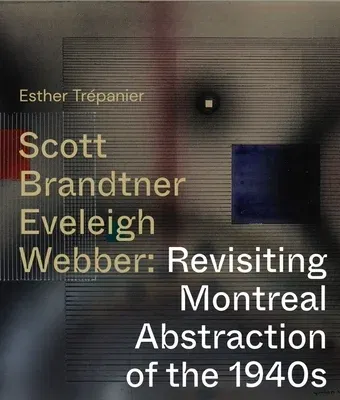Four artists who are today relatively or almost entirely unknown - one
woman and three men - nevertheless played a part in the aesthetic
upheavals that led to abstraction in 1940s Montreal. Very active in the
art milieu throughout the decade, Marian Dale Scott, Fritz Brandtner,
Henry Eveleigh, and Gordon Webber captured the attention of critics of
the time, who employed the term "abstract art" to describe both
non-objective works and bold formal explorations that retained some
reference to visible reality. An examination of these artists' practices
reveals a remarkable openness to international contemporary art trends -
French, German, British, and American. Their work and its critical
reception conjure a complex picture of the debates on abstraction that
took place in Montreal during the 1940s, so often reduced to the
controversies surrounding the emergence of the Automatiste movement. The
artistic innovations of Paul-Émile Borduas and his group and the radical
tone of their 1948 manifesto Refus global cemented their status as
Quebec's abstract avant-garde but also had the effect of eclipsing other
visions of abstraction being explored during the same period. This book
reinstates the oeuvres of these forgotten protagonists in the narrative
of abstract art, illustrating how their practices encompassed a variety
of themes: emotion, science, human experience in the broadest sense -
but also, as the Second World War unfolded, the violence that marked
their era.

